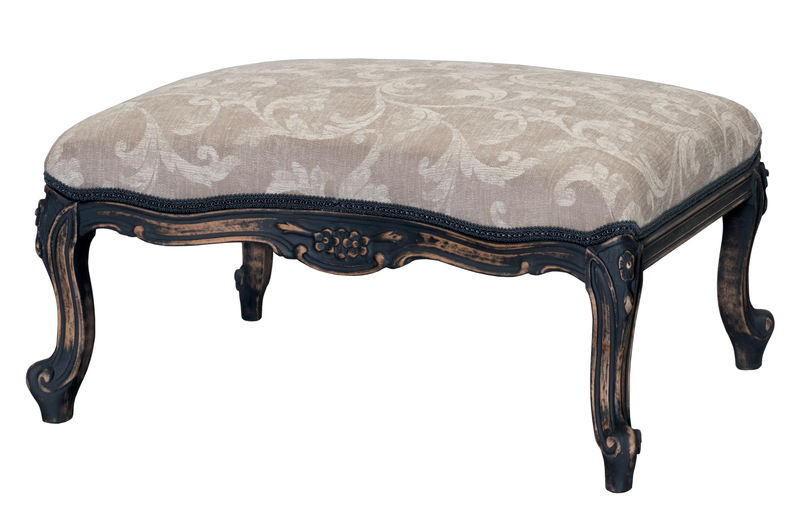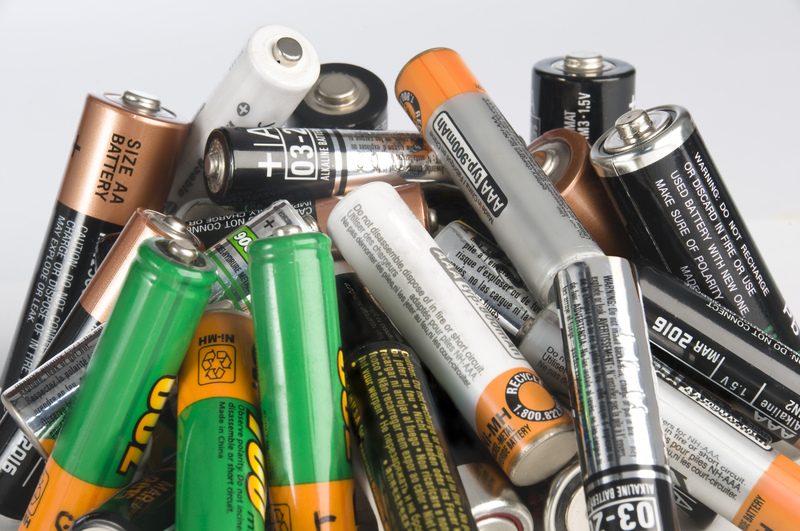Transforming Discarded Items into Beautiful and Functional Art
In today's fast-paced consumer culture, more people are looking for ways to minimize waste and embrace sustainability. One exciting trend gaining momentum is the transformation of discarded items into beautiful and functional art. This creative process not only reduces landfill contributions but also leads to the production of unique, eco-friendly home decor, fashion, sculptures, and everyday essentials. This article delves into the world of upcycling, offering tips, inspiration, and practical advice for anyone interested in turning what many consider trash into treasured art pieces.

What is Upcycling? Understanding the Art of Repurposing
Upcycling is the practice of converting old or unwanted materials into products of higher quality or value than the original. Unlike recycling, which breaks down materials to their raw form, upcycling preserves the item's integrity while enhancing its appearance and utility. Transforming discarded items into functional art embodies both environmental responsibility and artistic creativity.
Why Upcycle?
- Reduces Waste: Keeps items out of landfills and decreases environmental pollution.
- Saves Resources: Cuts down on the need for new raw materials and lowers the carbon footprint.
- Encourages Creativity: Stimulates artistic skills and problem-solving by encouraging new uses for old objects.
- Promotes Self-Expression: Makes it possible to create one-of-a-kind, personalized works of art.
- Provides Functional Solutions: Many upcycled art pieces serve practical, everyday purposes.
Popular Methods for Transforming Discarded Items into Art
The process of turning trash into treasure can take countless forms. Here are some of the most popular and accessible ways to embark on your upcycling journey:
1. Furniture Revamps
Old dressers, chairs, and tables can be sanded, painted, or combined with other materials to create stunning statement pieces. For instance, a discarded wooden pallet might become a rustic wall bookshelf or coffee table. Furniture upcycling not only breathes new life into well-worn pieces but also gives your home a unique, personal touch.
- Paint with Eco-Friendly Colors: Use non-toxic, low-VOC paints for a sustainable finish.
- Decorative Inlays: Incorporate broken tiles, mirrors, or glass for a mosaic effect.
- Mix Materials: Blend wood, metal, and fabric to achieve modern, eclectic styles.
2. Upcycled Fashion and Accessories
Clothing and accessories made from discarded materials are making waves in the world of sustainable fashion. Old jeans are transformed into trendy tote bags, while vintage scarves become stylish headbands. Even jewelry can be crafted from bottle caps, safety pins, or circuit boards. The possibilities are limited only by your imagination.
- Patchwork Creations: Combine fabric scraps for a colorful, boho look.
- Statement Pieces: Use electronic components or reclaimed metals for edgy necklaces and earrings.
- Custom Embellishments: Sew or glue discarded trinkets and buttons onto bags, hats, and jackets.
3. Home Decor from Trash
Discarded bottles, tin cans, and even broken appliances can become eye-catching home decor. Use glass bottles as vases, turn old books into wall art, or make candle holders from tin cans. This approach merges eco-consciousness and creativity effortlessly, resulting in extraordinary interior design.
- Wall Art: Repurpose old records, license plates, or picture frames into decorative wall hangings.
- Lighting Fixtures: Transform jars and bottles into pendant lights or table lamps.
- Planters: Use unexpected containers like boots, tires, or teapots as planters for indoor or outdoor gardens.
4. Sculptural Art from Scrap Materials
Transforming discarded items into beautiful sculptures allows artists and hobbyists to explore unconventional forms. Metal scraps can form dynamic animal sculptures, while plastic waste might become a picturesque garden installation. These large-scale art projects often serve as eye-openers, raising awareness of environmental issues.
- Metal Art: Weld car parts, wires, and old tools into expressive sculptures.
- Plastic Assemblage: Create vibrant wall panels or garden butterflies from colored plastics.
- Mixed Media: Combine wood, plastic, fabric, and metal for innovative, multidimensional artwork.
How to Get Started with Upcycling
Step 1: Gather Materials
Start by collecting items that would otherwise be thrown away. Look for materials like old clothing, furniture, bottles, packaging, and electronic scraps. The best sources are often your own home, local thrift shops, or community recycling centers.
Step 2: Find Inspiration
Explore social media platforms like Pinterest, Instagram, and YouTube for endless upcycled art ideas. Books and blogs dedicated to sustainable living also offer detailed tutorials and project blueprints.
Step 3: Plan Your Project
Think about both form and function--how can you make your piece not only beautiful, but practical? Sketch your design, select tools (paint, glue, sewing kit, etc.), and get creative with the combination of colors and textures.
Step 4: Learn Skills as Needed
Don't be discouraged by a lack of technical skill. Many upcycling crafts are beginner-friendly, and local classes or online videos can help you master painting, sewing, woodworking, or welding.
Step 5: Assemble and Finish
Clean and, if necessary, sanitize the materials before combining. Take your time during assembly, seeking out techniques that ensure both longevity and visual appeal.
The Benefits of Turning Discarded Items into Art
Environmental Benefits
- Waste Reduction: Repurposing decreases the amount of waste entering landfills or polluting the environment.
- Resource Conservation: Upcycling saves energy and raw materials that would be used in manufacturing new items.
- Lower Carbon Footprint: Produces fewer greenhouse gas emissions compared to new product creation.
Economic and Social Benefits
- Affordable Art and Decor: Beautiful, functional pieces can be made at a fraction of retail prices.
- Entrepreneurial Opportunities: Artisans and hobbyists can turn upcycling into a small business or side income.
- Strengthening Communities: Community upcycling workshops and events foster connection and shared sustainability goals.
Personal Benefits
- Skill-Building: Learn new crafts, from painting to metalwork, enhancing creativity and dexterity.
- Self-Expression: Each upcycled piece is unique, reflecting your personal style and ingenuity.
- Satisfaction: There's immense gratification in rescuing materials from the trash and making something meaningful.
Fascinating Examples of Upcycled Art
Artists Leading the Way
Globally, several artists have gained recognition for their exceptional work in transforming garbage into gallery-worthy creations. Among them:
- Viktor Efimov: Russian sculptor known for intricate animal sculptures made from machine parts and old tools.
- Jane Perkins: British artist famed for vibrant portraits using buttons, beads, and recycled plastics.
- El Anatsui: Ghanaian sculptor, world-renowned for enormous tapestries made of bottle caps and scrap metal.
Community Upcycling Projects
Local governments, schools, and non-profits also use upcycled art as a tool for education and beautification. Public parks adorned with sculptures made from recycled materials inspire passers-by to reconsider what they throw away.
Tips for Successful Upcycling
- Start Small: Begin with simple projects to build confidence and skills before tackling larger endeavors.
- Think Outside the Box: Don't be afraid to mix and match unconventional materials.
- Prioritize Functionality: Aim for pieces that are as practical as they are attractive; multi-use items are especially valuable.
- Stay Safe: Use gloves, masks, and proper ventilation when working with potentially hazardous materials.
- Get the Community Involved: Group upcycling projects can amplify creativity and make a bigger local impact.

Transform Your Home and Life with Upcycled Art
Whether you're an avid DIYer or just getting started, transforming discarded items into beautiful, functional art is a powerful way to embrace sustainability while expressing yourself. From creating a chic lamp from glass bottles to sewing quilted blankets from old t-shirts, each project tells a story and contributes to a healthier planet.
Where to Find Materials
- Local Thrift Stores: Great for old furniture, clothes, and household accessories.
- Recycling Centers: Access to plastics, metals, and electronics that others have discarded.
- Curbside Finds: Watch for discarded items on bulk trash days in your neighborhood.
- Online Platforms: Sites like Freecycle and Craigslist often list free materials for pickup.
- Donations from Friends & Family: Let others know what you're seeking--they might have just what you need!
Conclusion: The Art of Reinventing Waste
In a society grappling with ever-increasing waste, the practice of turning discarded items into beautiful, functional art offers hope, inspiration, and real solutions. By incorporating upcycling into daily life, anyone can shrink their environmental impact while unleashing their inner artist. If you're looking to live more sustainably or simply crave unique home decor, clothing, or art, start by looking at what's already around you--there is hidden potential in every discarded item.
Take the leap today: rescue, reinvent, and rejoice in the satisfaction of creating art with a purpose!
- Embrace the upcycling movement--it's trendy, responsible, and deeply rewarding.
- Transform trash into treasure and become part of the solution.
- Showcase your own creations--your art can inspire others to rethink waste.
Start your journey towards sustainability and creativity--one piece of rescued material at a time.